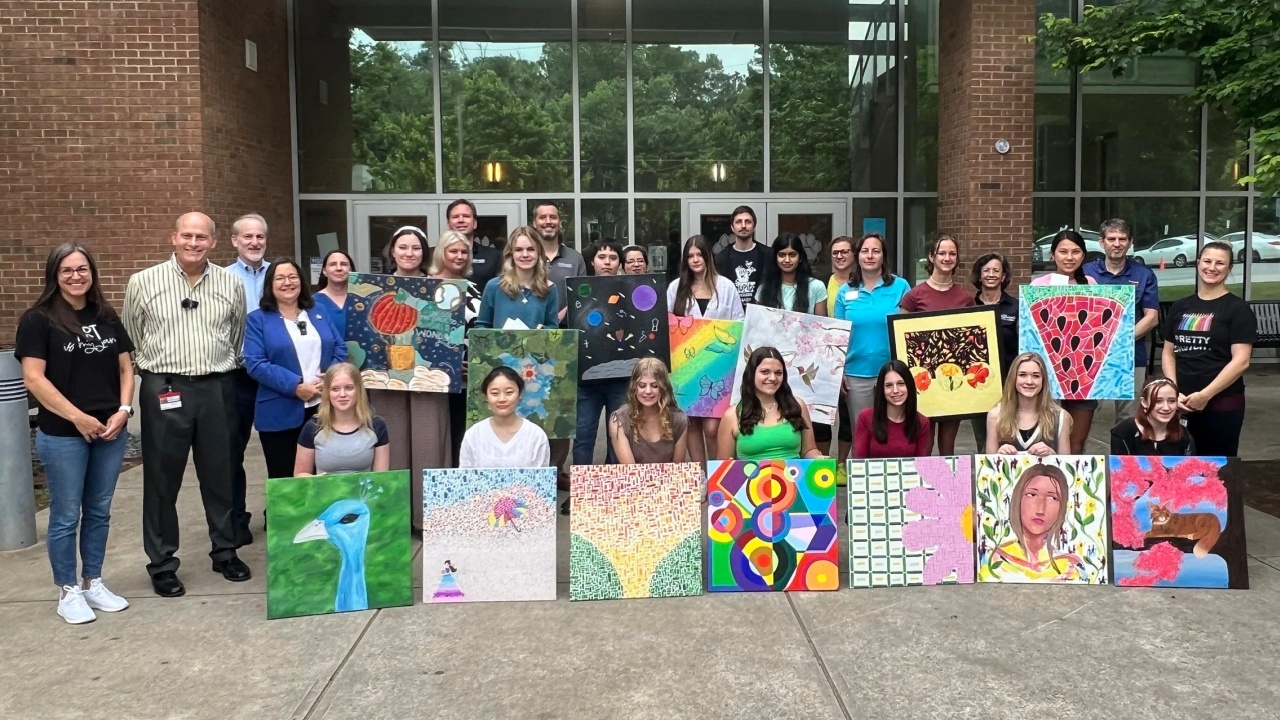Last month, Building Movement Project released a new report, Race to Lead Revisited: Obstacles and Opportunities in Addressing the Nonprofit Racial Leadership Gap. We recently interviewed Frances Kunreuther and Sean Thomas-Breitfeld, both co-directors of the Building Movement Project, about the latest report and dug into some nuanced questions about it. Race to Lead Revisited provides a fresh data set that builds on their breakthrough publication Race to Lead, which initially revealed a racial leadership gap that points to systemic biases and barriers in 2016. The latest report offers further recommendations about how the nonprofit sector broadly and the organizations within it can advance their work to make more significant progress towards racial equity.
Mareeha Niaz (MN): 74% of respondents reported that their organization has engaged in diversity, equity, and inclusion (DEI) activities, efforts, or initiatives. Despite this number, the data tell us that impact is uneven and overall increased awareness has led to few shifts towards equity in the workplace. What would you suggest to anyone who reads this and is frustrated with a similar challenge at their own organization?
Frances Kunreuther & Sean Thomas-Breitfeld (FK & STB): We understand and share the frustration about the pace of change within organizations. But we also want to acknowledge that change can be deeply uncomfortable, particularly for people who have found comfort at the top of organizational hierarchies. Anticipating the discomfort, resistance, and even undermining of change initiatives is a critical part of building a realistic internal equity transformation strategy. This is also why the buy-in of leadership is a particularly important competency for organizations that are trying to become more equitable workplaces. Organizations need leadership that is committed to a challenging and iterative process that may not always lead directly, quickly, or smoothly to a race equity culture.
We recognize that there are not enough in-depth case examples of what it takes to transform organizations, so we would encourage people to read the publication from Demos about their racial equity transformation. Read it for both the encouragement and inspiration, but also for the sobering parts about the level of support and funding that the transformation involved, and the amount of coaching that white senior staff needed.
MN: The biggest demographic change compared to survey respondents from your 2016 survey shows up in generation. Are you seeing any trends in your research as millennials shift in as the largest share of the workforce?
FK & STB: This is such a great question, and one that we really want to dig into over the coming months. For many years, BMP examined generational issues in nonprofit leadership. In fact, Frances co-authored a book titled Working Across Generations that examined the generational divides emerging in nonprofits and how to address those issues.
We haven’t really explored the data disaggregated by generation yet, but our team conducted focus groups with millennials of color and white millennials in six cities across the country. One initial reflection from those conversations is that younger nonprofit staff expect that their workplaces will operate in ways that are aligned with the values they espouse. This is a completely reasonable expectation and so it is not surprising that many times younger staff are pushing for internal change related to race equity. That energy and demand for change should be supported – not squashed – by older leaders who may have become a little jaded about the slower pace of change that they’ve seen in their careers.
MN: In a recent webinar discussing the Race to Lead Revisited report, Kerrien Suarez (Executive Director of Equity in the Center) and Edgar Villanueva (Senior Vice President of the Schott Foundation and author of Decolonizing Wealth) discussed the white advantage in the nonprofit sector. How did you feel when you surfaced white advantage as a key finding supported by the data in this report? How can we address it?
FK & STB: We spent a lot of time figuring out how to explain the white advantage in the narrative and also how to use data to visualize it. This may have been the part of the report that our team agonized over the most because it’s a nuanced argument that is fundamentally about recognizing who holds positions of power in organizations and the sector.
The reason we looked at the overlap between what survey respondents reported about the demographics of their organization’s board and leadership teams was that we kept hearing really painful stories from Executive Directors of color who were being undermined by the boards and leadership teams that they inherited. It helped us to recognize that the person in the ED/CEO role matters, but it isn’t the whole picture. So we created the three organizational type categories – white-run, POC-led, and all other – to uncover the structural advantages of white-run groups, like larger organizational budgets than organizations where a majority of the board and leadership are people of color.
We also used these categories to highlight the more negative experiences of the plurality of respondents working for white-run organizations. For instance, one question in the survey examines whether people feel they have a voice in their organizations. We saw a large racial gap here with people of color providing much lower ratings than whites among respondents working for white-run organizations, but the gap basically disappeared and both people of color and whites rated their organizations higher if they worked for POC-led groups.
We hope that all of this helps make the case – especially now – for philanthropy and donors to increase their investments in POC-led organizations. We also hope that this data will push organizations where white leaders and board members hold positions of power to do more introspection about gaps in experience among their staff, and take serious steps to both address those gaps and change their structures towards diversifying leadership. It’s not just about optics; we believe that diversity at the top is an important step towards making organizations more equitable workplaces.
MN: What brings you the most hope from the data and findings in the Race to Lead Revisited report?
FK & STB: Two things. First, the data helped us realize that while training on topics related to diversity, equity, and inclusion (DEI) has a positive impact, it is important to do so in a multifaceted manner. Respondents who reported that their organization did training on a wider variety of DEI topics – like implicit bias, white privilege, racial trauma and healing – were more positive about the impact of training on their organizations. We would recommend that organizations – particularly those that are figuring out where to start in making their workplaces more equitable – consider training but not in a one-off, compliance way. Instead, they should set up a series of trainings that explore and grapple with the interpersonal and structural elements of inequity in a multifaceted way.
Second, the Race to Lead Revisited data was collected in 2019. The findings show there was such a marked increase of awareness in issues of racial equity than in 2016. Now that awareness has exploded; but the respondents to the survey were already moving in that direction.
MN: In a recent op-ed with The Chronicle of Philanthropy, you leave readers with a call to action for structural change saying, “We applaud that organizations are learning about racial equity, but as our data shows, the nonprofit world — like the nation — needs to make faster progress on ensuring real inclusion and equity. Now is the time to move from talk to change.” Regardless of power and decision-making authority, what is one action that every nonprofit sector employee can take towards using the new report?
FK & STB: Frances often says that “talking about change is not change.” So, while we do want everyone to take action by reading the report, sharing the report with colleagues and starting courageous conversations, we also don’t think that we can set aside issues of power and authority. The fact is that people in positions of power have the most ability to support or block DEI efforts. It is incumbent on executive leaders, board members, and funders to start assuming that change must start with them.
Visit Building Movement Project’s website to download the full publication and learn more about the project. Join the conversation by sharing your thoughts below or on Twitter using #RacetoLead and @BldingMovement.





